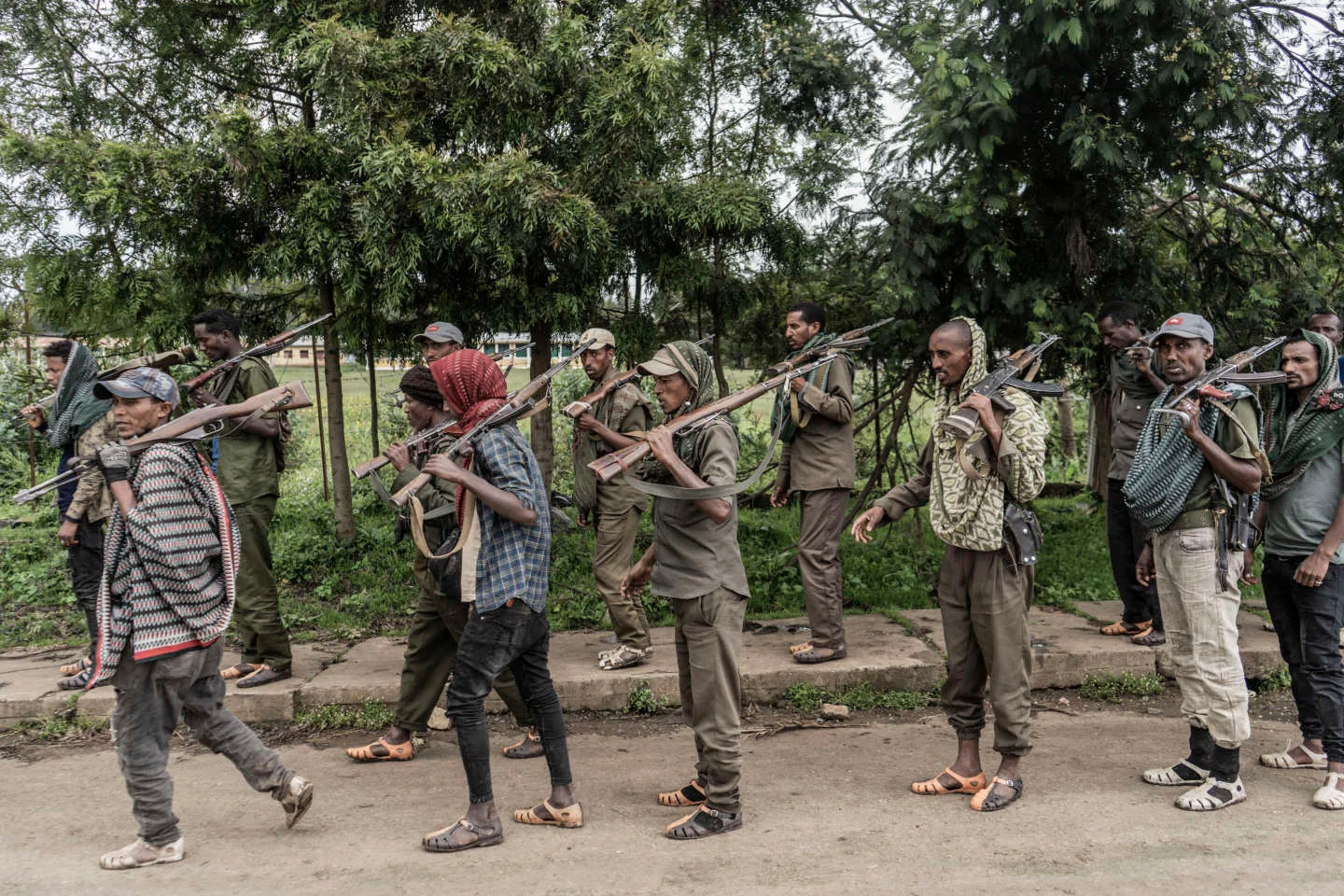By ALEXANDER GEBREEGZIHER
Ethiopia, once heralded as a beacon of economic transformation and political renewal in the Horn of Africa, now finds itself in the throes of political unrest, ethnic fragmentation, and governance challenges.
The optimism that greeted Prime Minister Abiy Ahmed’s rise to power in 2018 has largely given way to deep divisions and ongoing conflict across various regions.
At the heart of the turmoil is a crisis of national identity—one that has pitted the vision of a unified Ethiopian state against the entrenched interests of ethnically based regional power structures.
A Nation on Uneven Ground
Since the fall of the Derg regime in 1991, Ethiopia has operated under an ethnic federal system, dividing power among regions largely based on the dominant ethnic groups in each.
While this system initially promised representation and autonomy, it has increasingly been blamed for stoking ethnic nationalism, undermining national cohesion, and fueling deadly violence.
In recent years, clashes have erupted in Oromia, Amhara, Benishangul-Gumuz, and the Southern Nations, Nationalities, and Peoples’ Region (SNNPR), among others.
Ethnic militias and local armed groups have challenged federal authority, demanding more autonomy, and in some cases, secession.
In Oromia—the country’s largest and most populous region—an armed insurgency led by the Oromo Liberation Army (OLA) has intensified, with civilians frequently caught in the crossfire.
In Amhara, recent protests and clashes between regional forces and federal troops have raised concerns about a potential civil war-like escalation, particularly following the government’s decision to dissolve regional special forces and integrate them into the national army.
The Abiy Ahmed Effect: Promise and Paradox
When Abiy Ahmed took office in 2018, he was seen as a reformer. He released political prisoners, opened up media space, lifted bans on opposition groups, and made peace with Eritrea—an act that earned him the Nobel Peace Prize.
Yet, many of those reforms have since unraveled. As resistance grew from regional actors and former political allies, the government reverted to old tactics: arrests of opposition figures, internet blackouts, and a shrinking space for dissent.
The Tigray War (2020–2022) was a turning point. The brutal conflict between the federal government and the Tigray People’s Liberation Front (TPLF) killed hundreds of thousands, displaced millions, and drew in foreign actors, including Eritrean forces.
Though a peace agreement was signed in November 2022, many of its provisions—particularly on justice and disarmament—remain unfulfilled, and tensions in Tigray continue to simmer.
A Crisis of Legitimacy
Critics argue that Ethiopia’s federal system is collapsing under the weight of its contradictions.
The central government’s effort to reassert authority has triggered violent pushback from regional elites who fear domination by Addis Ababa.
Meanwhile, the opposition accuses the government of undermining federalism in favor of a unitary state, all while failing to build consensus.
Ethnic-based displacement has reached historic highs. Over 4.5 million Ethiopians remain internally displaced, most due to intercommunal violence or clashes between federal and regional forces.
The National Dialogue Commission, established in 2022 to foster unity and reconciliation, has made limited progress amid questions about its neutrality, inclusiveness, and credibility. Many key opposition groups, including those from Tigray and Oromia, have boycotted the process.
The Way Forward
Despite the bleak picture, Ethiopia is not without hope.
Many citizens, civil society organizations, elders, and faith leaders continue to push for dialogue and nonviolent solutions. A successful resolution will require:
An inclusive political dialogue involving all major stakeholders, including armed groups and regional parties.
Reforms to the federal system that balance local autonomy with national unity.
Accountability and transitional justice for atrocities committed during the Tigray War and other conflicts.
Economic stabilization and reinvestment in conflict-affected regions.
The international community, while supportive in principle, has struggled to influence the course of events.
Sanctions, aid conditionalities, and diplomatic pressure have had limited effect in the face of Ethiopia’s sovereign stance and complex internal dynamics.
Conclusion: The Clock is Ticking
Ethiopia stands at a historic crossroads. The choices made in the coming months will determine whether the country moves toward inclusive governance and lasting peace—or sinks deeper into fragmentation and authoritarianism.
For now, the nation holds its breath, as its leaders, people, and diaspora reckon with the unfinished business of forging a unified Ethiopian identity that honors its



